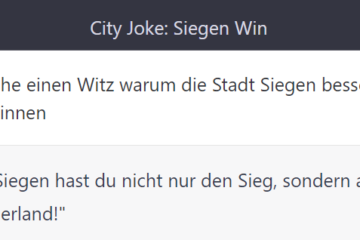This post has nothing to do with Docear, but if you are interested in online marketing, it might be of interest to you. A few days ago, LinkedIn sent me a 50$ voucher for their new “LinkedIn Ads” program. LinkedIn Ads is similar to Google Adwords and allows organizations (such as Docear) to advertise on the profile pages of LinkedIn members (see screenshot).

I was curious how effective LinkedIn Ads would be and started a campaign. In addition, I started a campaign with Google Adwords (see screenshot below) which is the advertisement program of Google. Both campaigns were rather similar and had similar ads. However, results highly differed.

On LinkedIn I could specify that the Docear advertisement should be displayed to researchers, students, scientific staff, etc. On Google I could specify to show the advertisement to users searching for keywords such as reference manager, phd thesis, dissertation writing, bibtex, Mendeley, Zotero, and Endnote. In addition, I specified to show advertisement not only on Google but on the Google “Display Network” (i.e. on Web pages of webmasters who want to earn money with Google Adsense).
Well, on Linkedin the Docear advertisement had a horrible click through rate (CTR) of 0.018%. On Google Search there was a click through rate of 0.78% while ads in the display network had a click through rate of 0.02%. So, what does this mean? It means that the Google advertisement on Google Search is about 40 times as effective as on LinkedIn and Google display network. Of course, for advertisers this is not really relevant because they usually pay per click and not per impression (which is a minimum of 2$ on Linkedin and on Google I paid 0.20$ btw.) but these numbers explain why Google generates so much profit out of its advertisement in contrast to others. For me, this is particularly interesting because I do my PhD in the field of user modeling and this little experiment shows how effective good user modeling can be (in this case a simple search query of a user makes such a huge difference to some generic information such as occupation).
It’s obvious that these numbers are not representative. It was just a small campaign for a single product and it might be completely different for other products (or better selected keywords/demographics). But I found it interesting to see the differences in the CTR. And also quite interesting: Click rates for the searches Mendeley and Endnote were the highest (6%, and 4% respectively), while click rates for other references managers (Zoter, JabRef, Papers) were much lower (~1% or less). Does this mean, users of Mendeley and Endnote are unsatisfied with their current solution or does it mean they are just more flexible and open minded to try something new in general? 🙂


1 Comment
Jillian Pierone · 21st August 2012 at 19:54
It’s good to see business people confronting the many options of advertising on the world wide web!
Very rarely do I suggest to my clients (I am an Internet Marketing Consultant specializing in Social Media and Google AdWords) that they advertise on Linked-In. Participate in Linked-In, absolutely– especially for B2Bs…. but every expert I interact and share experiences with agree… Linked-In advertising has an extremely low ROI compared to tools such as Google AdWords.
By the by, if you would like me to analyze your Google AdWords campaign, my clients often receive CTRS upwards of 3 and 4%, and my pricing is competitive and geared toward the average small business.